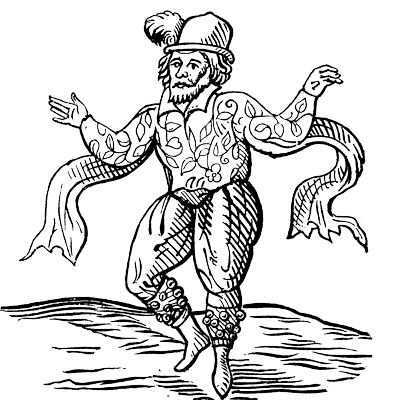Venue Type & Location
Overview
4 miles S of Penrith. Located 750 yards SSE of the church.
The exterior view of the hall from the N presents a facade of 3 stories, with 3 ranges of squarish mullion and transom windows arranged in rows of 5 with the main doorway in the centre. The centre block is crowned by an ornamental battlemented parapet set in 1630 to match the older flanking towers. In this parapet were set the initials of Sir John Lowther (d 1637) and his wife Eleanor. As Taylor describes the hall, 'from the centre of the block rose a Byzantine looking cupola with an ogee curve and pinnacle, no doubt lightng the grand staircase of the period' (96).
Performance History
Records indicate a payment to players in 1641--42.
Current Status
Website
History of the Venue
c.1628-30 The house was built in the middle of the 17th c. by Sir John Lowther.
The renovation/construction of the 1630's incorporated the E tower dating from ca.1350, joining it to the 16th c. hall (the W tower) with a central building. From the memoirs of John Lowther's son, a description of the work remains: 'The building between the old tower and Lowther Hall were made by my father...both the lead and the wood I bought by my father's appointment of Lord William Howard, being the roof of the Great Hall at Kirkoswald Castle' (Curwen 300).
1685 Extensive renovations altered the original structure.
1692 Fire destroyed the hall and it was rebuilt by Edward Addison.
1718 Another fire destroyed that hall and the hall lay abandoned for nearly a century after this.
1806-14 Reconstruction by Robert Smirke. The present structure dates from that time.
1957 Lowther Hall was dismantled.
Record Source
REED CWG 217
Patrons who owned this venue
[No data found.]

